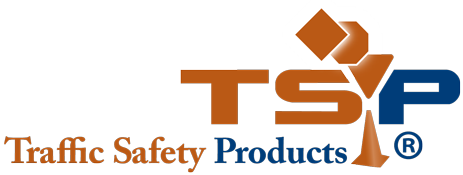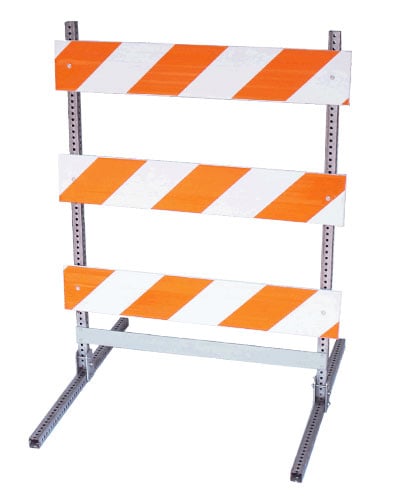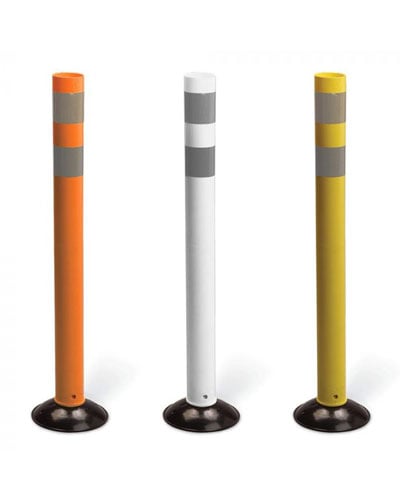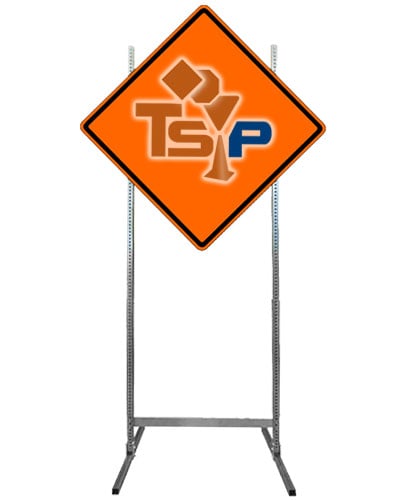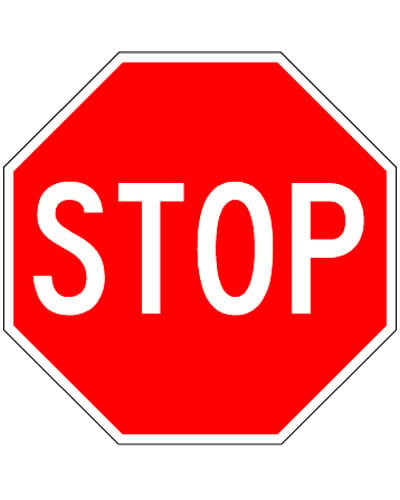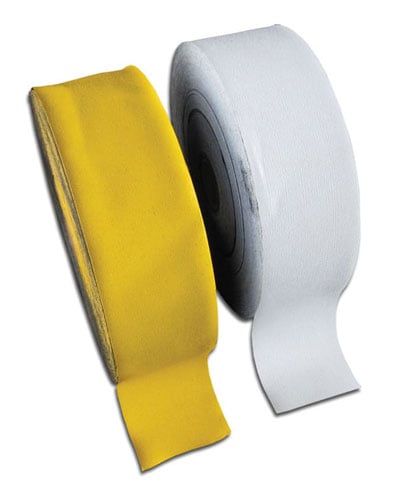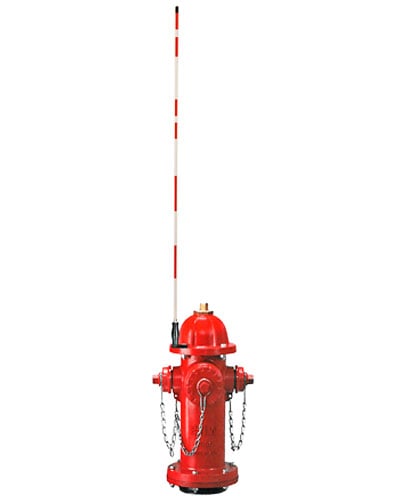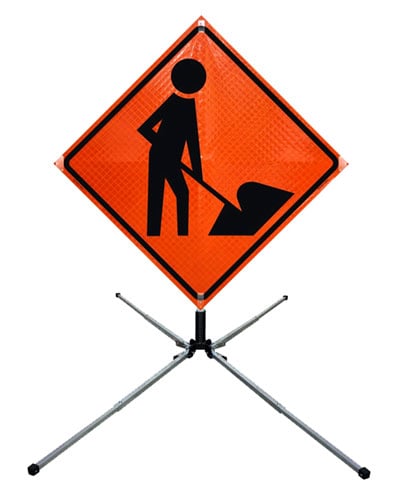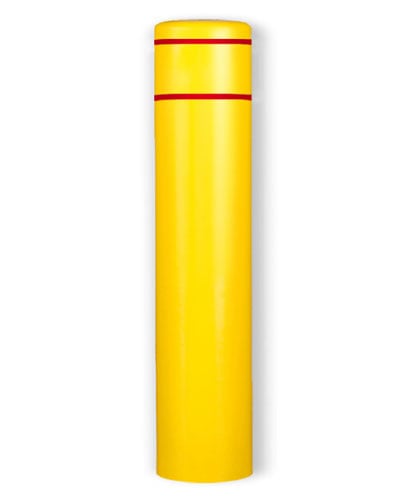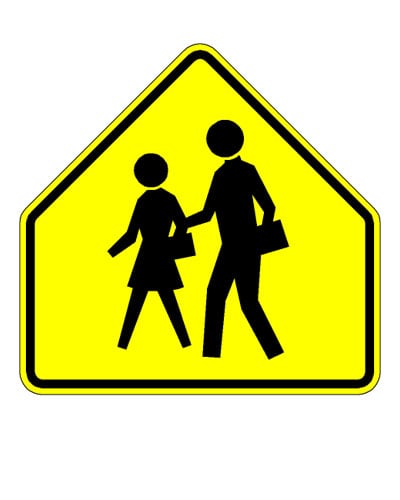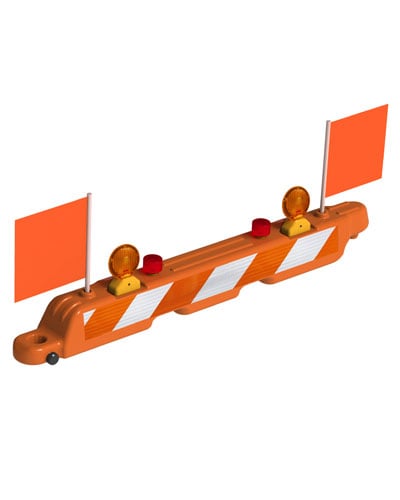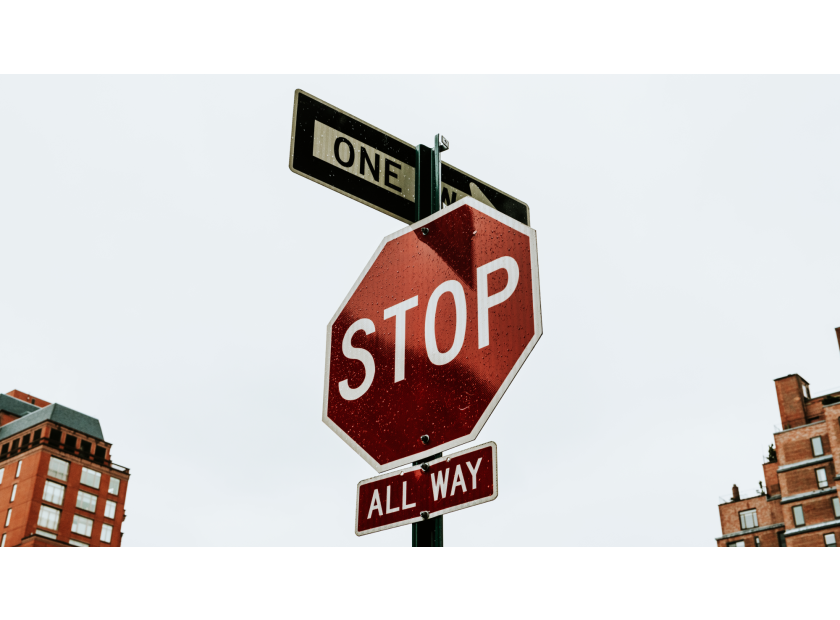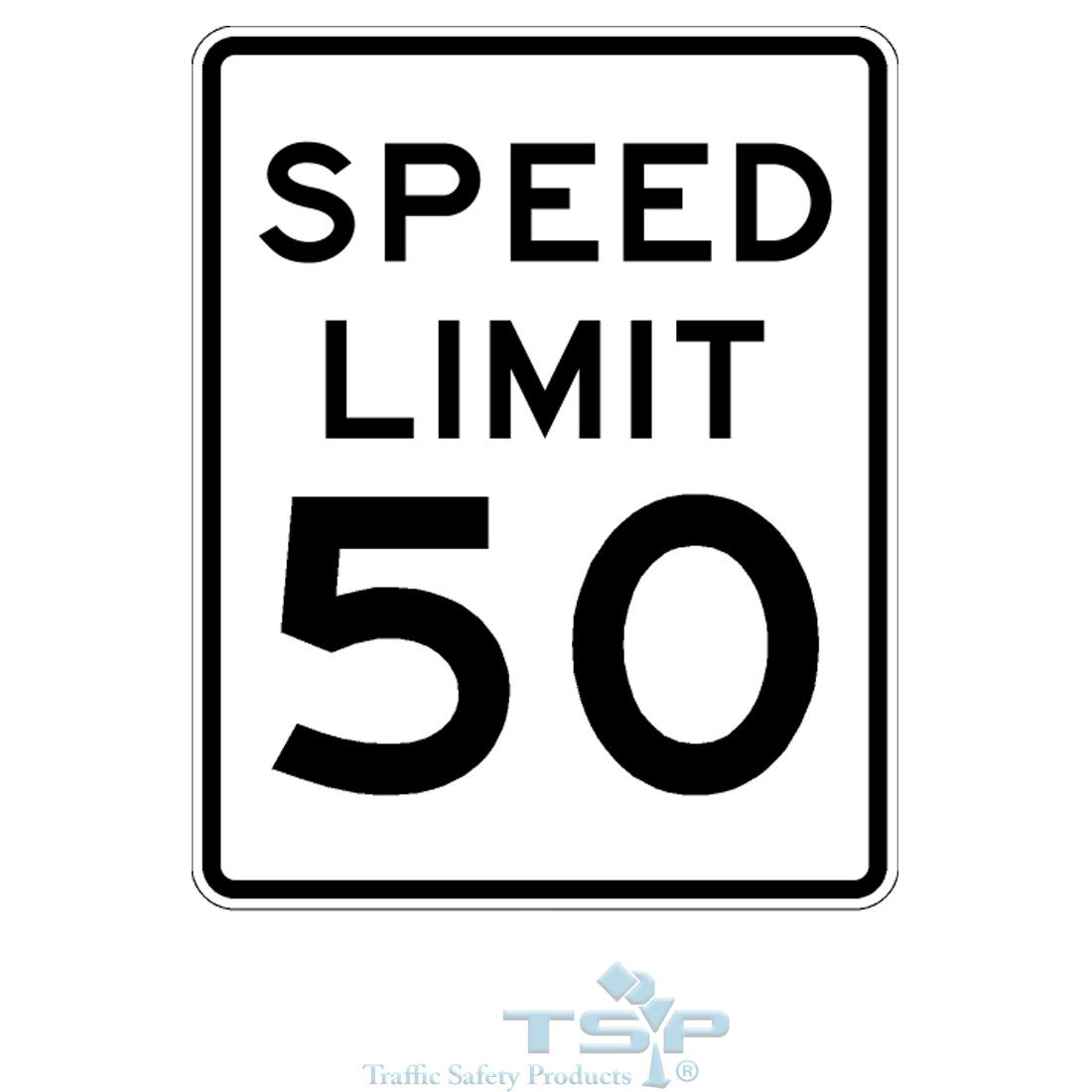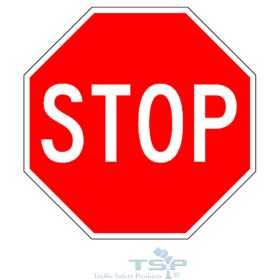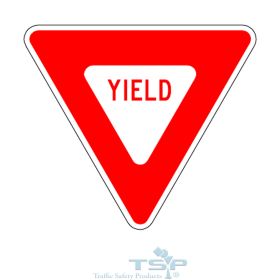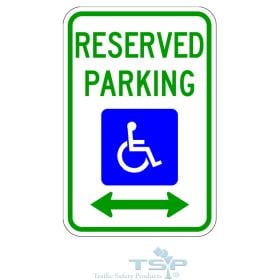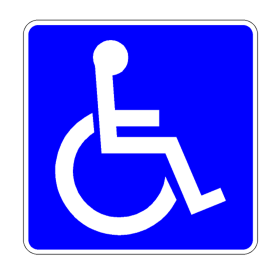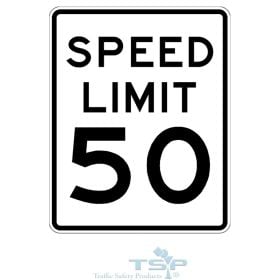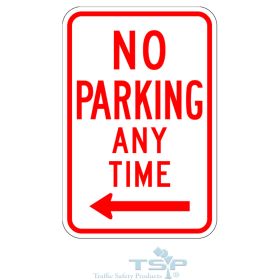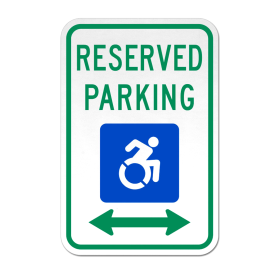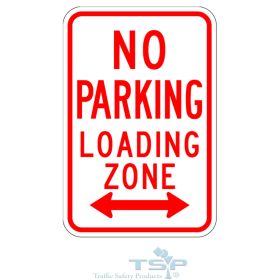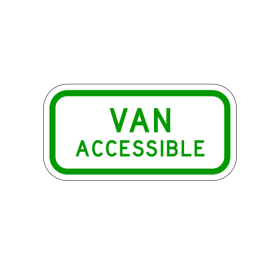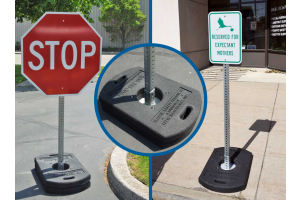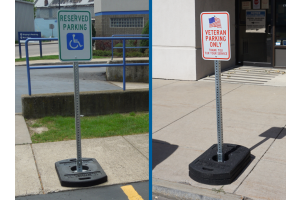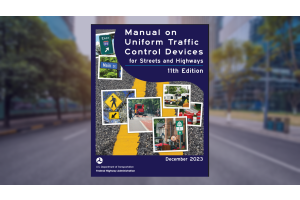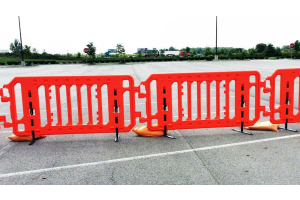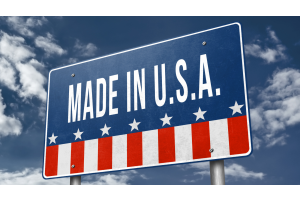A Complete Guide To US Road Sign Shapes & Colors
Signs on the road convey important information to drivers and pedestrians. It’s not only the words on the sign that speak to us, but also their colors and shapes. Traffic signs communicate crucial information, warnings, and regulations to drivers every day. Regulatory signs, in specific, tell people what they should and shouldn’t be doing in certain situations. They indicate and reinforce both temporary and permanent traffic laws or regulations that apply at specified times or places.
But we can't talk about regulatory sign shapes and colors alone, without first exploring sign shapes and colors throughout the broader category of traffic signs, because the meanings behind these shapes and colors are universal throughout all categories of traffic signs.
In this comprehensive guide, we’re going to shed light on the universal shapes and colors of traffic signs that are so vital for our safety on the road.
Road Sign Shapes
Let's start by examining the shapes of signs, as they hold valuable clues to their meaning.
Vertical Rectangular Shape
Vertical rectangle road signs are typically used to inform drivers of regulatory notices, such as speed limits.
Horizontal Rectangular Shape
In contrast, horizontal rectangular signs provide general information. These signs, known as guide signs, direct us to essential services like the nearest gas stations, rest stops, roadside attractions, and dining options. These signs are the friendly companions on long road trips, ensuring we don't miss out on life's necessities.
Circular Signs
Circular signs give orders. They are firm and unambiguous. If you see one, it's telling you something you must or must not do. Ignoring them can lead to fines and even license suspension. These signs are the traffic law enforcers, and it's best not to cross them.
Triangular Signs
Triangular signs are the heralds of hazards. They warn us about upcoming dangers or changes in traffic flow. Their shape alone is a signal to be alert. So, when you see a triangular sign, be prepared for the unexpected.
Octagonal Shape - The Stop Sign
There's one sign that stands out with its unique octagonal shape—the stop sign. When you encounter this red octagon, there's no room for debate. It's a command to come to a complete stop. Don't just slow down; stop and ensure the way is clear.
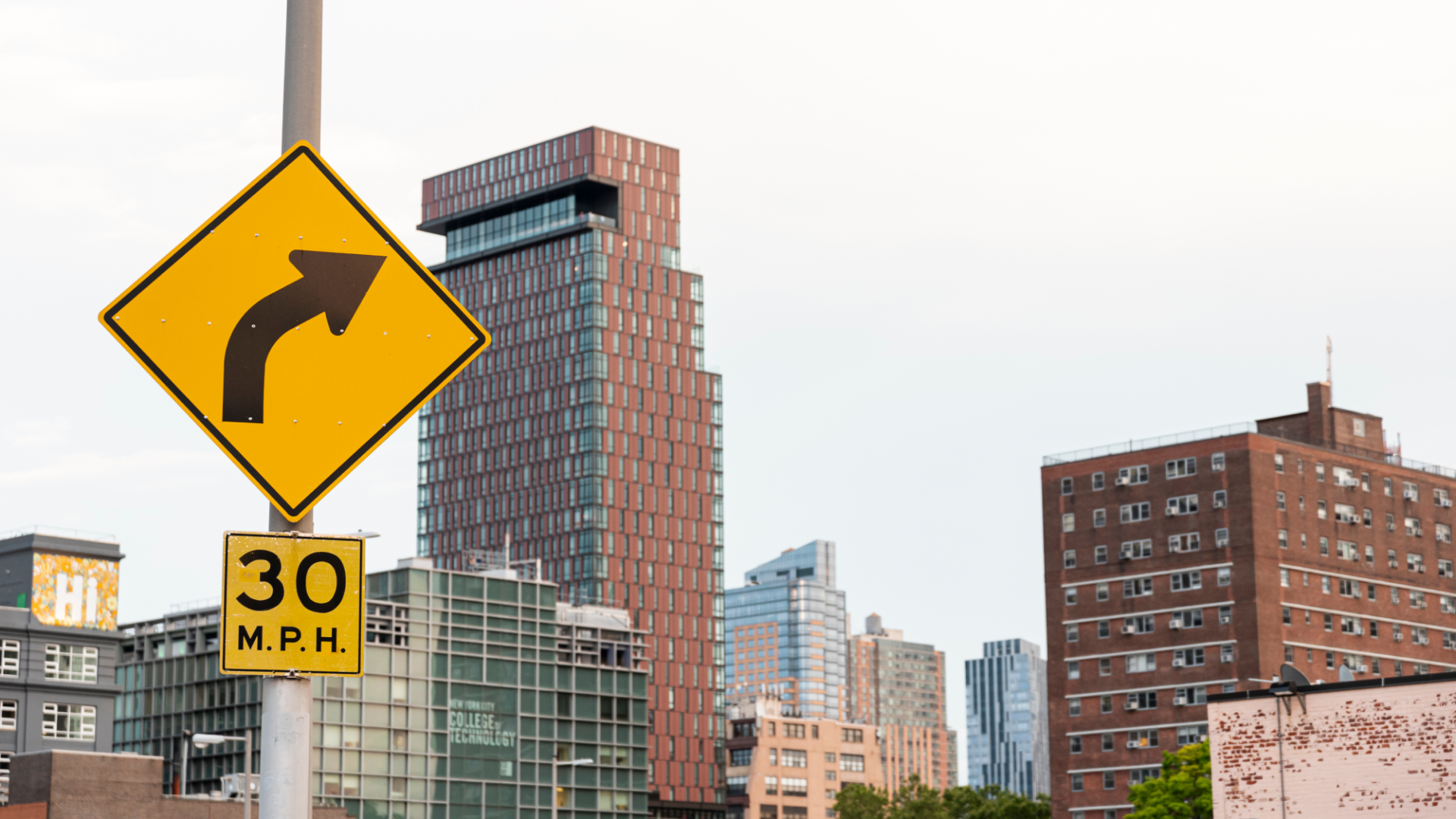
Road Sign Colors
Now, let's talk about sign colors. These colors play a crucial role in conveying information on the road.
- Red Signs: Red is a universal warning color. Just like triangular signs, red signs denote a warning of some kind. They alert us to potential hazards ahead, reminding us to stay cautious and vigilant.
- Blue Signs: Blue is the color of instructions. When you see a blue sign, it's giving you directions. It could be instructions to change your speed, choose a specific lane, or navigate a junction on the motorway. Blue signs are your road map.
- Green Signs: Green is the color of general information. These signs provide valuable information that can come in handy during your journey. Whether it's directions to a city or indicating services ahead, green signs are there to assist you.
- White Signs: White signs, on their own, don't provide instructions or information. Instead, they are often used in conjunction with other signs to offer clarifications or additional details. They are the unsung heroes that add clarity to the road.
- Brown Signs: Brown signs are your tourist guides. They point out places of historical significance and major tourist attractions. If you're on a road trip and want to explore the beauty of an area, follow the brown signs.
- Yellow Signs: When you see yellow signs, know that they typically divert traffic. They indicate temporary changes or detours on the road, ensuring smooth traffic flow around construction zones or other obstacles.
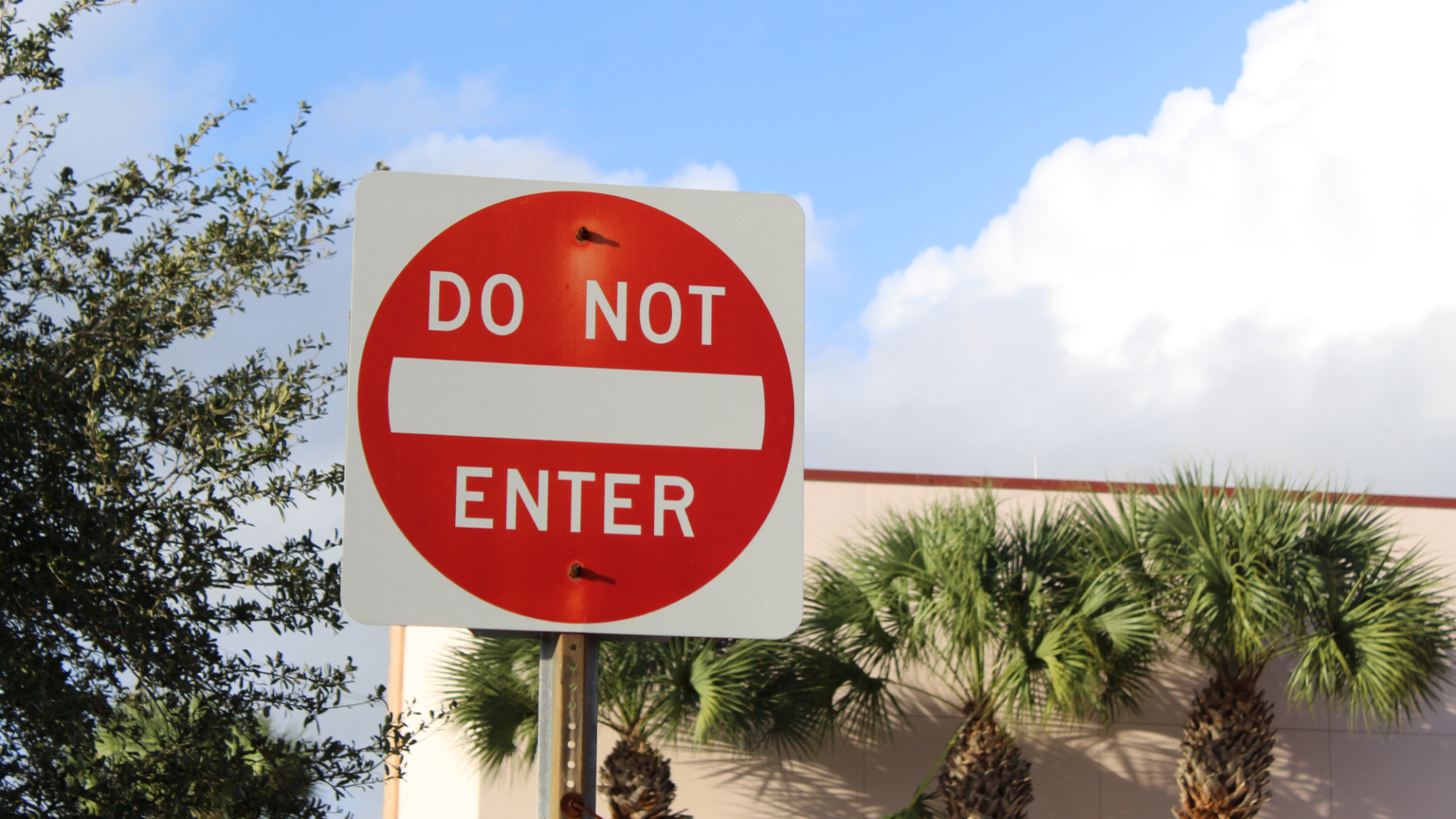
Colors and Shapes of Regulatory Signs
Regulatory signs communicate rules that must be followed, regardless of the situation. They are usually white and rectangular,but there are lots of exceptions to this. Regulatory sign shapes and colors carry specific meanings that command our attention and obedience. When you encounter a regulatory sign, take it seriously; it's there for everyone's safety.
The overwhelming majority of regulatory signs are black and white, or black and white with an additional accent color, such as green or red. There are, however, a few notable exceptions - like the stop sign - where the sign is red with white lettering.
Red is always used in a negative context: stop, no, don't do this, or this is not permitted. Green, on the other hand, is used in a positive context, to communicate things like: go, yes, do this, this is allowed. Permissible parking signs are a perfect example, within the regulatory sign category, of how green and red accent colors are used to convey meaning.
Speed Limit Signs, Yield Signs, No Entry Signs and Lane Use Control Signs are some common examples of regulatory signs.
Regulatory Signs at Traffic Safety Products
Finally, it's worth mentioning the importance of regulatory signs that comply with the Federal Highway Administration (FHWA) specifications from the Manual on Uniform Traffic Control Devices (MUTCD). These standards ensure uniformity and clarity in traffic signage, contributing to safer roads for all of us.
If you're in need of high-quality regulatory signs that meet these rigorous standards, we invite you to browse the selection at Traffic Safety Products. We offer a wide range of made-in-the-USA aluminum regulatory signs designed to keep our roads safe and orderly.
Regulatory signs are the unsung heroes of the daily commute, guiding us through the intricacies of road rules and keeping us safe. Understanding their shapes and colors is like learning a new language—one that ensures the safety and harmony of our journeys.
